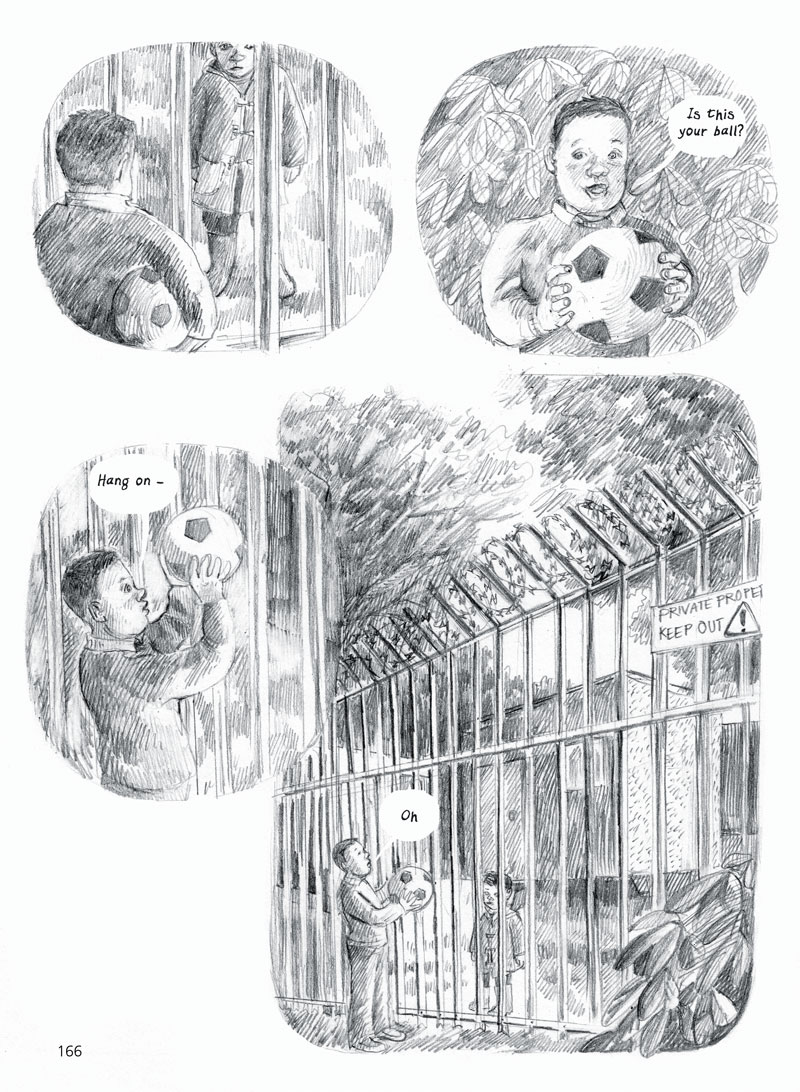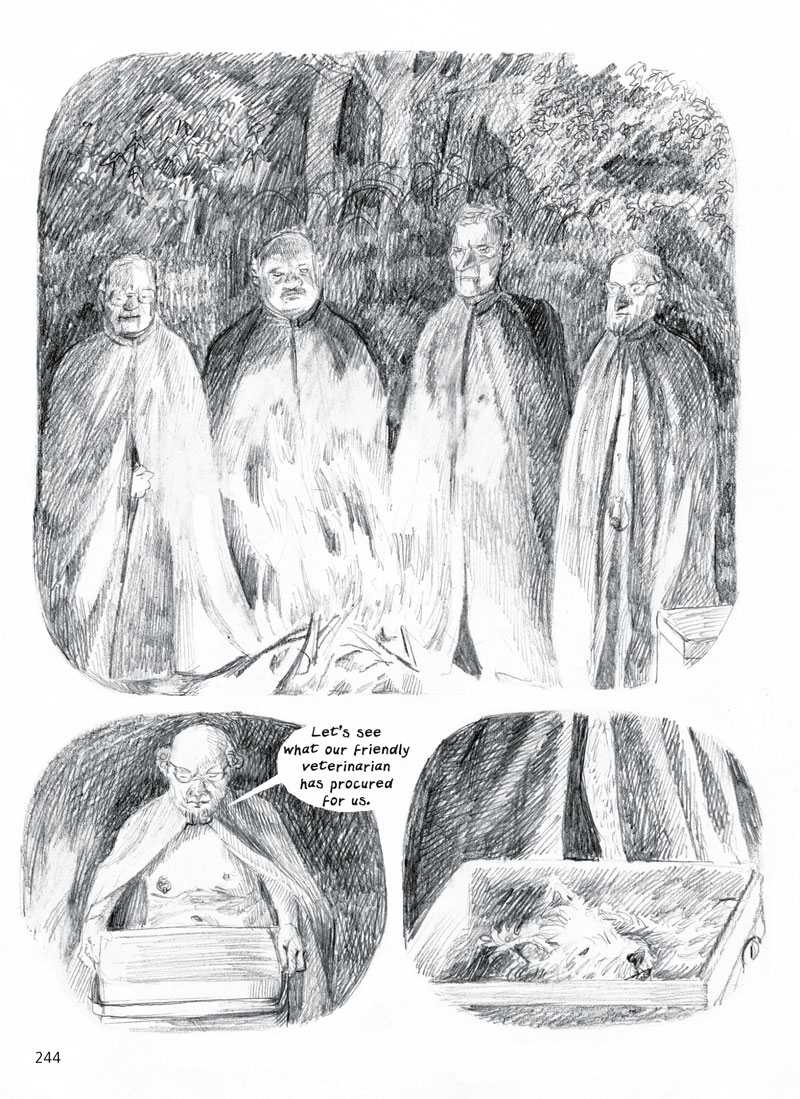'A brilliant and deeply foreboding triumph of folk horror, Blackwood is a deftly-woven intergenerational web of tradition and trauma, of suspicion and superstition, and timely in a way that I wish to god it wasn’t.'—Hannah Berry, UK Comics Laureate
Guardian Best Comics of 2020
Turnaround Book of the Month
Gnash Comics Book of the Month
Win Wiacek’s Top Ten Comics of 2020
A unique graphic novel of a small town community creates a mini-Middlemarch with a Wicker Man twist in a beautifully drawn murder mystery. Blackwood is set in a rural town in middle England where the residents are determined to preserve the status quo – at any cost.
A pair of murders has occurred 65 years apart, uncanny echoes of each other, in the ancient woods beside Blackwood. Evidence and local lore suggest overtones of ritual or of the occult, but despite thorough police investigations, no charges are made. Peg, in her nineties, and her great-grandson, 11-year-old Mason, hold clues to the town’s secrets, but Peg’s dementia dismisses her as unreliable, and no-one wants to listen to a child. Hannah Eaton deftly handles her cast of townspeople with warmth, humour, and humanity, reserving special sympathy for the outsiders – both victims and investigators – who dare to penetrate the community’s closed doors.
Blackwood gradually reveals the dark soul of a town where local politics and the human heart conspire to preserve its way of life at the expense of truth or justice. Blackwood both harks back to days of folklore and is a harbinger of future times in the political landscape we now find ourselves living in.
Hannah Eaton’s second graphic novel follows her much-acclaimed debut, Naming Monsters (2013); an excerpt from it was shortlisted for the 2012 Myriad First Graphic Novel Competition and for the Graphic Scotland 9th Art Award.







